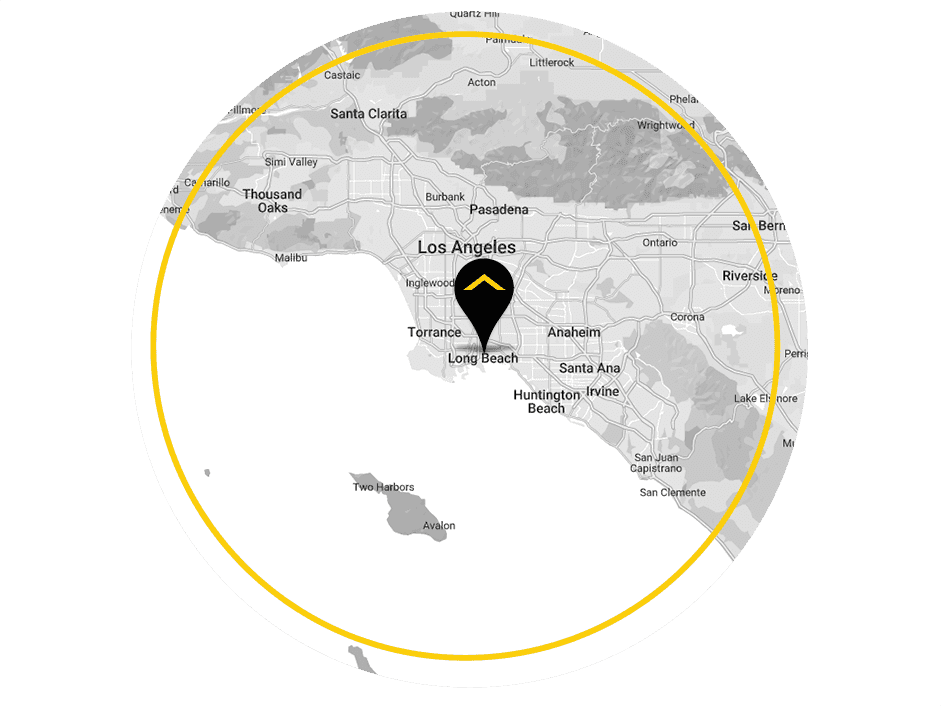Signs of Roof Damage
Understanding the signs of roof damage is crucial for maintaining the longevity and safety of your home. By being aware of the indicators, you can address issues before they escalate into costly repairs or replacements. Let's explore the common signs of roof damage, from visible wear and tear to water infiltration.
Missing or Broken Shingles
One of the most apparent indicators of roof damage is missing or broken shingles. When shingles are absent or damaged, it exposes the underlying roof layers to the elements, increasing the risk of water infiltration and structural decay. Over time, this exposure can lead to rot and further compromise the roof's integrity. Homeowners should regularly inspect their roofs for any gaps, inconsistencies, or visible shingle damage, especially after storms.
Curling or Buckling Shingles
Another red flag is curling or buckling shingles. Shingles can deform due to age, sun exposure, or extreme weather conditions. When they curl or buckle, water can seep through the gaps, raising the risk of leaks and further roof deterioration. Both curling and buckling weaken the roof’s ability to shed water efficiently, and they should be addressed immediately to maintain your roof's performance.
Granule Loss
Granule loss, though less obvious, is another critical indicator. The tiny sand-like granules on shingles protect them from UV rays and weathering. Over time, these granules can wear away, often collecting in gutters or downspouts. Their loss exposes shingles to sunlight and accelerates their deterioration, reducing their protective capabilities.
Signs of Water Damage and Leaks
In addition to visible roof damage, water infiltration presents a significant risk to the structural integrity of your home. Knowing the signs of water damage can help you detect roof problems before they worsen.
Water Stains on Ceilings and Walls
Water stains on ceilings and walls are often the first visible signs of a roof leak. Discolored patches or streaks suggest water is seeping through the roof. Left unaddressed, these leaks can lead to extensive damage, such as mold growth and structural weakening.
Mold and Mildew Growth
Roof leaks can also promote mold and mildew growth. When water enters the home, it creates a moist environment where mold thrives. Mold and mildew not only damage property but also pose health risks, particularly for those with respiratory conditions. If you notice musty odors or visible mold patches, take immediate action to address any roof leaks and eliminate moisture sources.
Sagging Roof Deck
A sagging roof deck indicates serious structural damage, often caused by prolonged water exposure or excessive weight from debris or snow. This condition requires immediate professional attention to prevent further roof damage or even collapse.
Evaluating Roof Flashing and Sealants
Flashing and sealants are key components in preventing water infiltration. Damaged flashing or worn sealants around roof penetrations can lead to leaks and must be addressed promptly.
Damaged or Missing Flashing
Flashing helps keep water from entering vulnerable areas around chimneys, vents, and skylights. If flashing is cracked or missing, water can penetrate the roof. Regular inspections of these areas can help you catch problems early and prevent costly repairs.
Cracked or Worn Sealants
Similarly, cracked or worn sealants around roof penetrations can compromise your roof’s waterproofing. Inspecting sealants for signs of wear, such as peeling or gaps, allows you to fix potential leaks before they cause more significant damage.
Assessing Roof Structure and Support
The overall age and structure of your roof are also crucial in determining its condition and when it might need repairs or replacement.
Roof Age and Lifespan
Different roofing materials have varying lifespans. For example, asphalt shingles typically last 20-30 years, while metal roofs can last up to 70 years. As your roof approaches its expected lifespan, more frequent inspections and potential replacements may be necessary.
Structural Damage from Weather Events
Severe weather can cause significant structural damage to roofs. After storms, check for missing or damaged shingles, dents, or punctures. Addressing storm-related damage promptly helps prevent long-term problems and preserves the roof’s structural integrity.
When to Call a Professional
Knowing when to seek professional assistance is vital. Signs such as missing shingles, mold growth, or a sagging roof deck indicate it’s time for a professional roof inspection. Regular professional inspections can uncover hidden issues and ensure your roof remains in optimal condition.
Routine Roof Maintenance
Routine maintenance, such as cleaning gutters, removing debris, and trimming overhanging branches, helps extend your roof's lifespan. Seasonal inspections and maintenance tasks allow homeowners to address minor issues before they escalate into major problems.
Contact Our California Roofers
If you notice any of these signs of roof damage, it’s essential to act quickly. BYLTup specializes in professional roof inspections, repairs, and maintenance services in Long Beach, CA. Contact us today to schedule an inspection and ensure your roof stays in top condition. We’re here to help protect your home from further damage and provide peace of mind. Call us now or visit our website to learn more!




